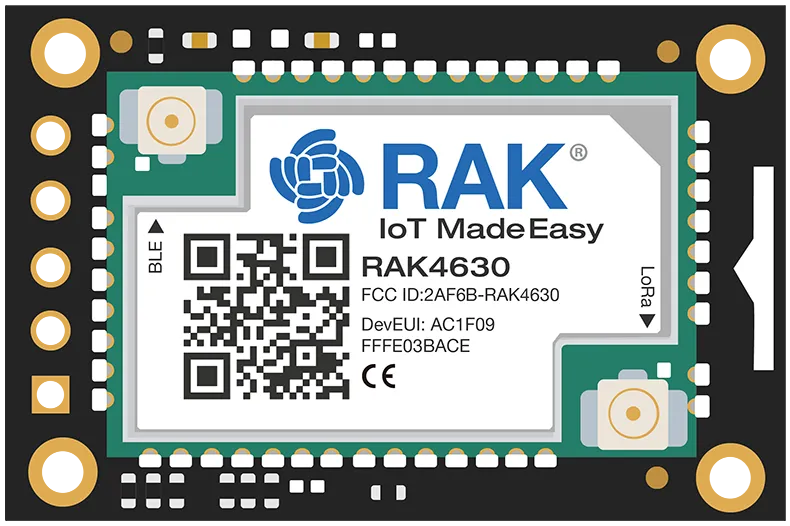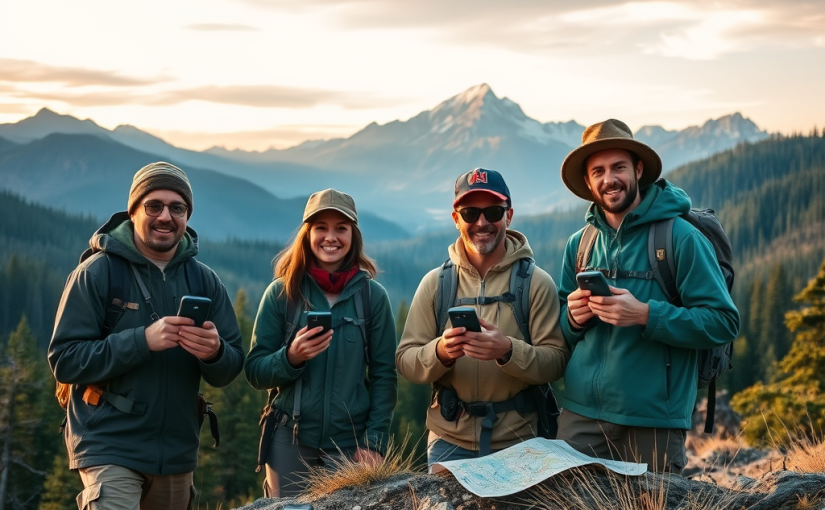In a world increasingly reliant on cellular networks and Wi-Fi, what happens when you’re out in the wilderness, during a natural disaster, or simply in an area with no signal? Enter Meshtastic – a game-changer for decentralized, off-grid communication. Whether you’re a hiker, prepper, or tech enthusiast, Meshtastic offers a way to stay connected without depending on traditional infrastructure. In this blog post, we’ll dive into what Meshtastic is, how it works, and the hardware you’ll need to get started.
What is Meshtastic?
Meshtastic is an open-source project that transforms inexpensive LoRa radios into a powerful, decentralized mesh network for long-range communication. It’s designed for scenarios where reliable cellular or internet service isn’t available, allowing users to send text messages, share locations, and even telemetry data off-grid. Unlike traditional radio systems that might require licenses (like ham radio), Meshtastic operates on unlicensed frequencies, making it accessible to anyone without special certifications.
The project is community-driven and volunteer-maintained, with roots in enabling low-power, long-distance interactions. Key features include encrypted communications for privacy, excellent battery efficiency, and the ability to function without a smartphone – though apps for iOS, Android, and web clients make it even more user-friendly. Use cases range from outdoor adventures like hiking or skiing to emergency situations where conventional networks fail. Imagine coordinating with your group during a camping trip or sharing real-time locations in a remote area – all without a monthly subscription or data plan.
One standout achievement? Users have achieved communication ranges up to 331 km in ground tests, showcasing its potential for vast coverage.
How Does Meshtastic Work?
At its core, Meshtastic leverages LoRa (Long Range) technology, a wireless protocol known for its ability to transmit data over long distances with minimal power. LoRa operates on sub-gigahertz frequencies that penetrate obstacles better than Wi-Fi or Bluetooth, making it ideal for rural or obstructed environments.
The magic happens through a mesh network topology. Here’s a breakdown:
- Device-to-Device Communication: Each Meshtastic device (or “node”) acts as both a sender and a relay. When you send a message, your device broadcasts it via LoRa radio waves.
- Message Rebroadcasting: Nearby nodes receive the message and automatically rebroadcast it to extend the reach. This creates a self-healing network where data hops from node to node until it reaches all intended recipients – even if they’re out of direct range from the original sender.
- Decentralized and Off-Grid: There’s no central hub or router required; the network is fully peer-to-peer. This decentralization ensures resilience – if one node fails, others can route around it.
- Additional Capabilities: Beyond texting, nodes can share GPS locations for mapping group positions. Encryption is built-in to protect your data, and the system supports optional integrations like MQTT gateways for bridging to the internet when available (e.g., for wider-area alerts).
- Control and Interfaces: You interact via apps or a Python CLI. For example, connect your node to a phone via Bluetooth, and use the app to send messages or configure settings. Developers can even build custom apps using the SDK.
The result? A robust, low-power network that’s perfect for group coordination without infrastructure. It’s not for high-bandwidth tasks like video calls – think text and simple data only – but that’s what keeps it efficient and long-lasting on batteries.
What Hardware Does Meshtastic Require?
Getting started with Meshtastic is affordable, with devices often costing under $50. The basic requirements are straightforward: a microcontroller unit (MCU) paired with a LoRa radio chip. Most compatible hardware uses ESP32 or nRF52 MCUs for processing, and LoRa chips like Semtech’s SX126x series (preferred for better performance) or SX127x.
Here’s a rundown of popular compatible devices from major manufacturers:
RAK® Devices
- WisBlock Series: Modular system with cores like RAK4631 (nRF52840 MCU, SX1262 LoRa, Bluetooth 5.0, optional GPS) or RAK11310 (RP2040 MCU, SX1262 LoRa). Add-ons include GPS modules, sensors, displays, and more for customization.
- WisMesh Series: Handheld options like WisMesh Pocket V2 (nRF52840, SX1262, Bluetooth, built-in GPS) or WisMesh Repeater (for extending networks, with add-on GPS).

These are great for low-power setups, especially solar-powered nodes.
LILYGO® Devices
- T-Beam Series: Models like T-Beam S3-Core or T-BeamSUPREME (ESP32-S3 MCU, SX1262 LoRa, WiFi, Bluetooth 5.0, built-in GPS). Ideal for users wanting WiFi integration.
- T-Echo: Compact with nRF52840 MCU, SX1262 LoRa, Bluetooth, and GPS – perfect for portable use.
- T-Deck: ESP32-S3, SX1262, WiFi, Bluetooth – no GPS, but includes a display for standalone operation.
LILYGO gear is budget-friendly and widely available.
HELTEC® Devices
- LoRa32 Series: LoRa32 V3/3.1 (ESP32-S3 MCU, SX1262 LoRa, WiFi, Bluetooth) – no GPS, but compact and versatile.
- Wireless Stick Lite V3: Similar to above, slim design for easy portability.
ESP32-based devices (common in HELTEC and some LILYGO) are cheaper but consume more power, suiting stationary or short-use scenarios. nRF52 options (like in RAK) excel in battery life for mobile or solar applications.
To set up, you’ll flash the Meshtastic firmware onto the device using tools like the web flasher or CLI. Add-ons like antennas, batteries, cases, and GPS modules enhance functionality. Check the official docs for frequency regulations in your region, as LoRa bands vary (e.g., 915 MHz in the US).
Wrapping Up: Why Try Meshtastic?
Meshtastic democratizes communication, putting reliable, off-grid networking in your hands without breaking the bank. Whether for fun experiments or serious preparedness, it’s a testament to open-source innovation. If you’re intrigued, head to the GitHub repo or join the community Discord to dive deeper. Have you built a Meshtastic setup? Share your experiences in the comments below!
Stay connected, off the grid.

